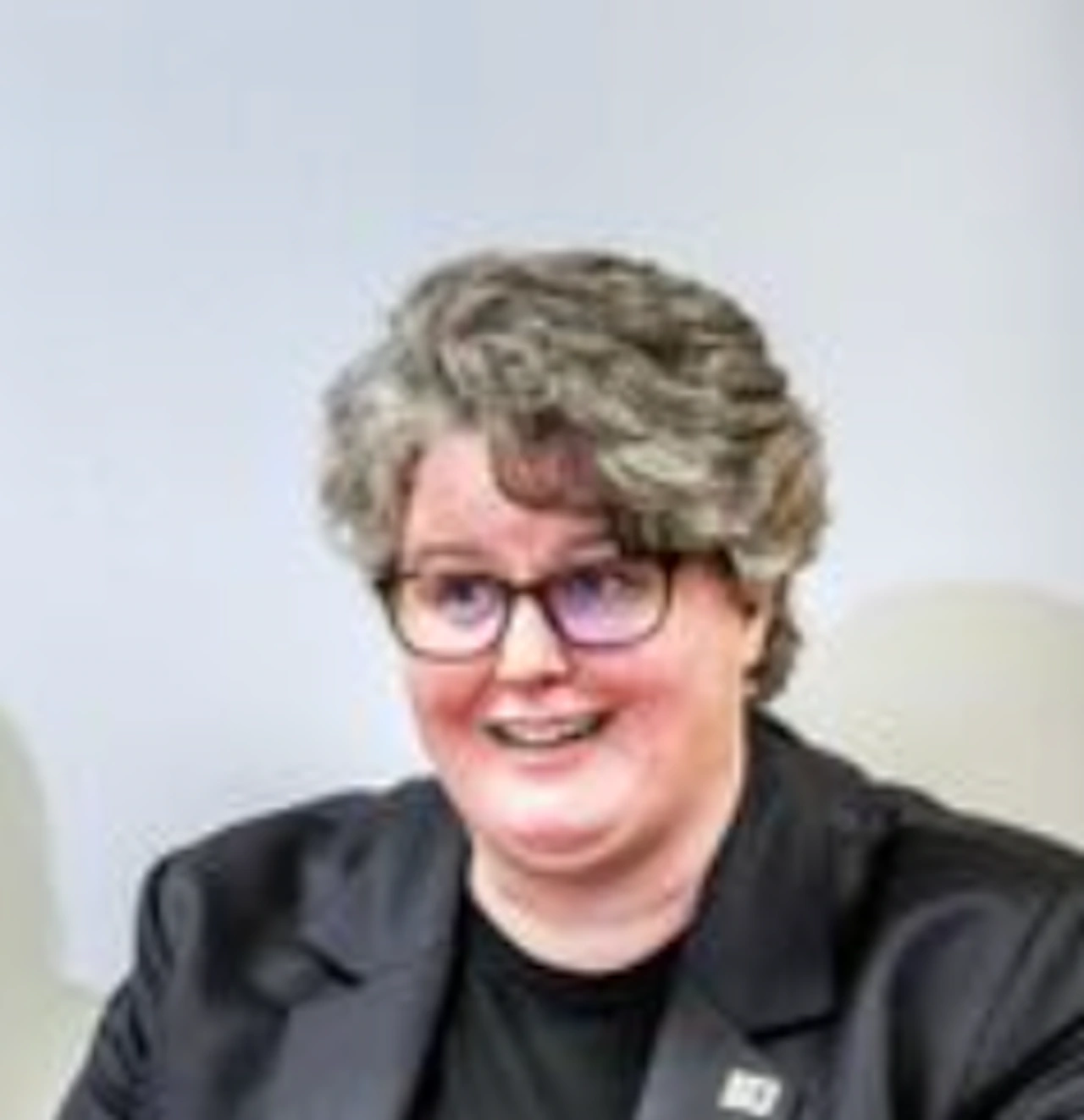Copyright Mechanicsburg Patriot News

By Carrie Rowe I began my career as a middle and high school Spanish teacher in Pittsburgh Public Schools more than two decades ago, when the Internet was in its infancy and social media had just barely introduced itself to a world newly online. When students needed help conjugating verbs or deconstructing a sentence, they turned to their textbooks—not Google or ChatGPT. Over the years as my career evolved, so did the technology available to students and educators alike. Now, more than ever, we find ourselves able to access information at the click of a button, usually just by using the phones already in our hands. People can interact with others across the globe, connecting on social media apps and online forums. Most recently, the rapid rise of artificial intelligence has started to play a role in how we learn, think, and communicate in interesting ways. The progression of the technology available to us, for better or worse, has had a profound impact on our daily lives, whether we live in a bustling city or a rural town. Information can reach us 24 hours a day, seven days a week; news cycles relentlessly deliver headlines without a break; and memes have become a form of currency for online citizens. As a society, we find ourselves standing at a precipice, considering how to fashion a parachute that will allow us to navigate this new digital landscape without tumbling down the cliff. It is important to recognize that parents have a responsibility to teach and model safe browsing practices, and the discussions happening around the dinner table are often the most impactful, long-term, for children. Fortunately, there is now a vast array of resources available to help them engage in these conversations, thanks in large part to the vision and leadership of Gov. Josh Shapiro – and his wife, First Lady Lori Shapiro, who inspired this effort. In his second budget address, Gov. Shapiro tasked the Pennsylvania Department of Education (PDE) and its Office of Commonwealth Libraries with developing resources to help schools incorporate information literacy into all aspects of learning. The goal is to ensure that our youngest Pennsylvanians have the skills to navigate the world around them and discern between fact and fiction online. TheInformation and Media Literacy Toolkit is a voluntary resource that aims to equip students with the ability to navigate and make sense of the vast and complex media landscape. The information in the toolkit helps users understand the dynamics of various digital platforms, recognize biases, and distinguish between credible information, misinformation, and disinformation. The toolkit offers family resources, such as conversation starters, practical tips, and age-appropriate guidance so parents and guardians can continue this work at home—because media literacy is a partnership between school and family. It also includes educator resources like sample lesson plans and checklists to help students evaluate the credibility of sources and claims. Our students live in a world where misinformation spreads fast, media messages compete for attention, and the ability to thoughtfully engage with content is no longer optional, it’s essential. As Pennsylvania’s Acting Secretary of Education, I have been fortunate to cross the Commonwealth, interacting with students and educators and hearing firsthand about the challenges they face and the opportunities waiting for them. On a recent visit to the Middletown Area High School in Dauphin County, I had the privilege of listening to Gov. Shapiro lead a group of teenagers in a discussion about media literacy. These young people were thoughtful, rational and passionate about why they trust certain sources of information and not others. And while their perspectives did not always align with mine, or with each other’s, I was impressed by their capacity to question authority and seek multiple sources, rather than simply taking things at face value. That’s critical thinking, the most important skill any of us will ever learn. Despite the fear and uncertainty that permeates our society, the distrust of institutions, and the disinformation being shared in droves across platforms, we have the tools to make technology work for us, not against us. And by working together, by braiding and blending resources in both school and community, we can help more young Pennsylvanians harness the power of information and use it for good. We can equip them with the skills to discern nuance, interpret context, and distinguish fact from fiction. We can inspire them to be active, engaged, and thoughtful citizens. The engagement I see in the classrooms across our Commonwealth, as well as the commitment of educators and parents to keep students safe and healthy, leads me to believe that at the end of the day, the kids are going to be alright.



